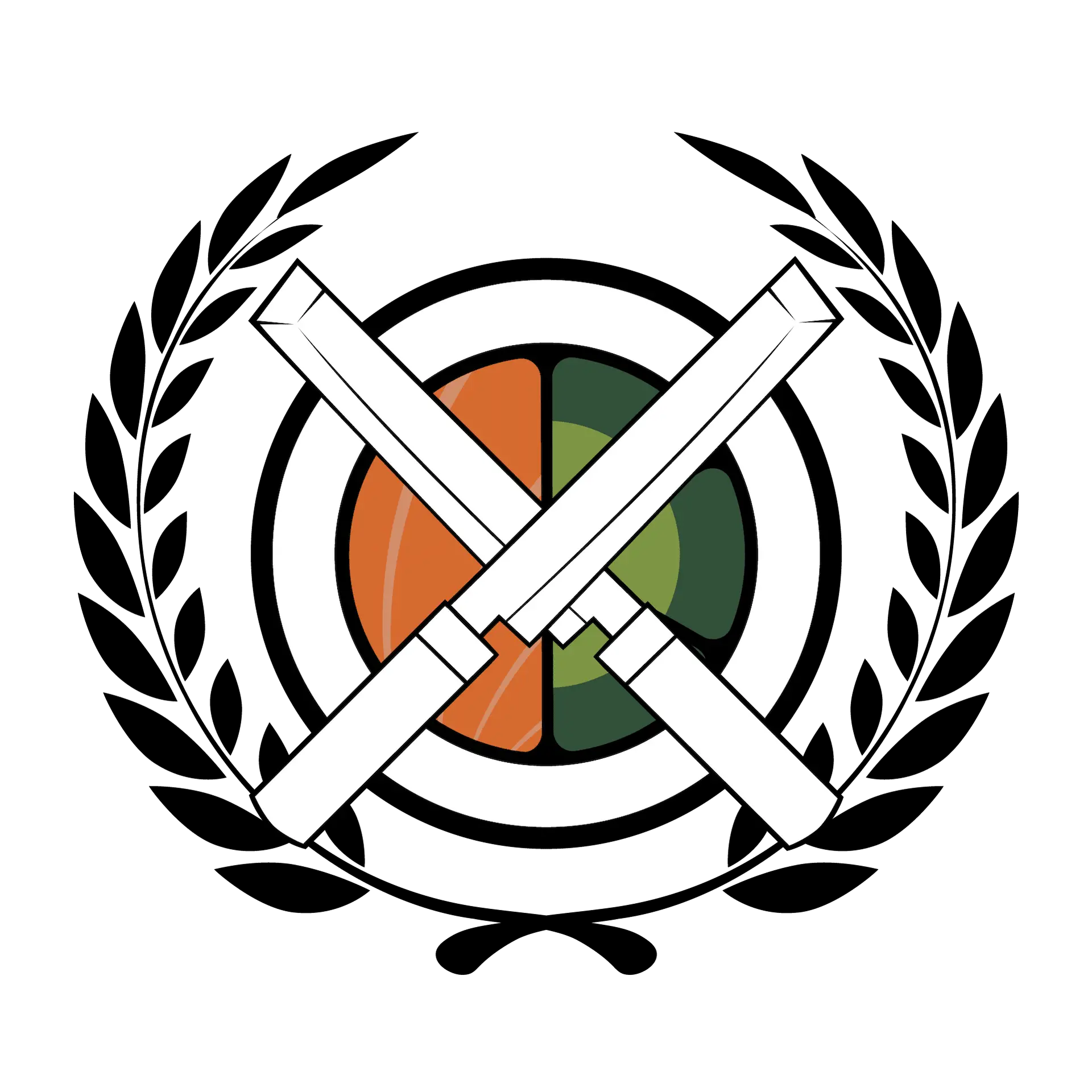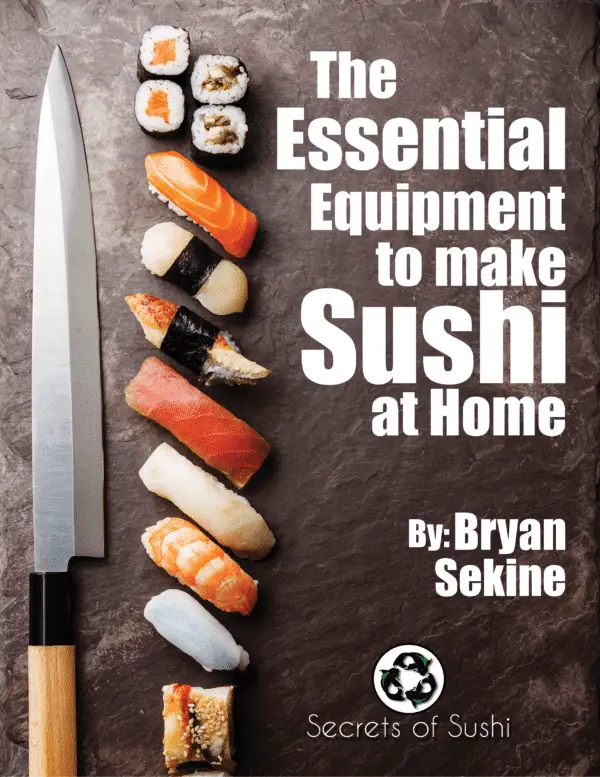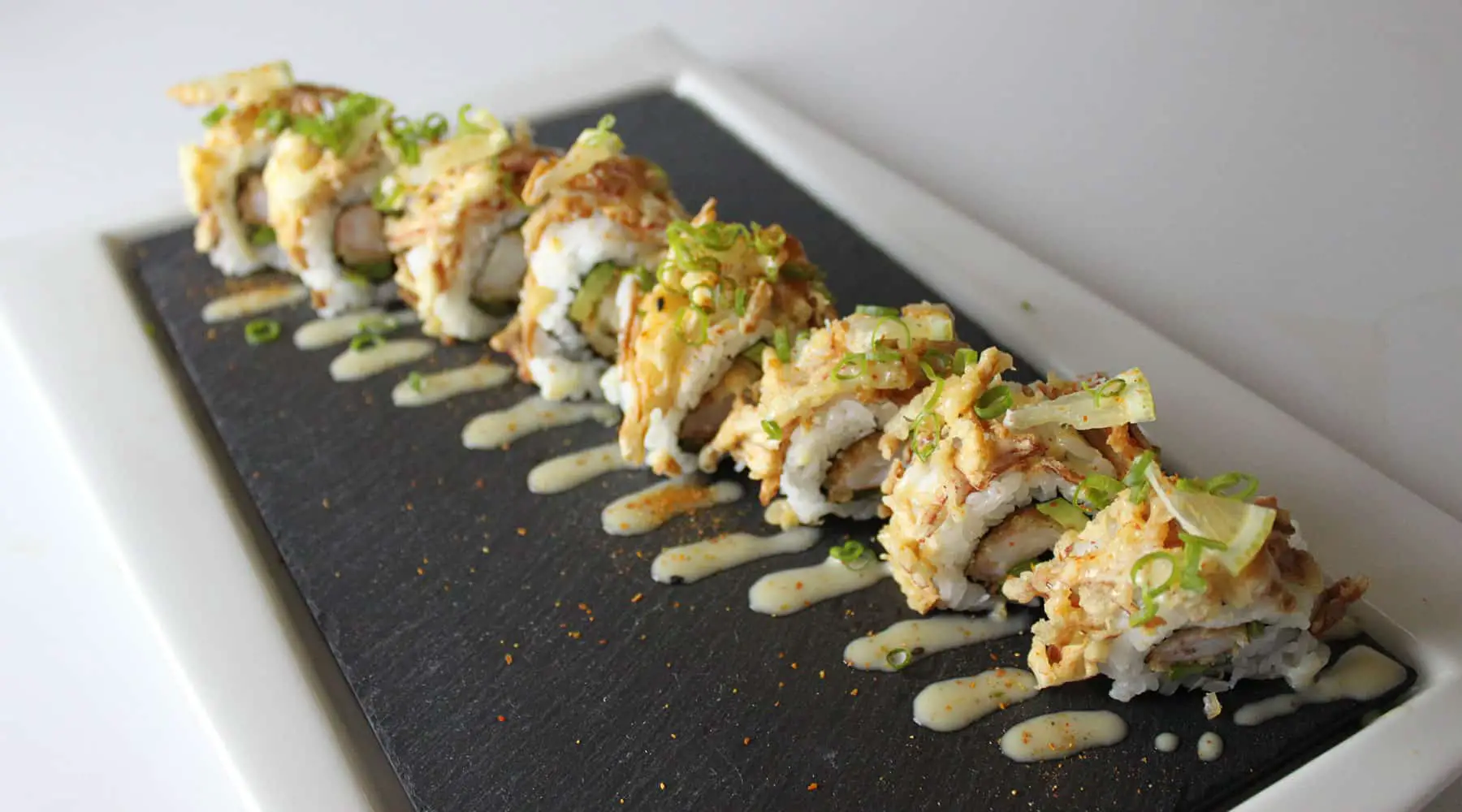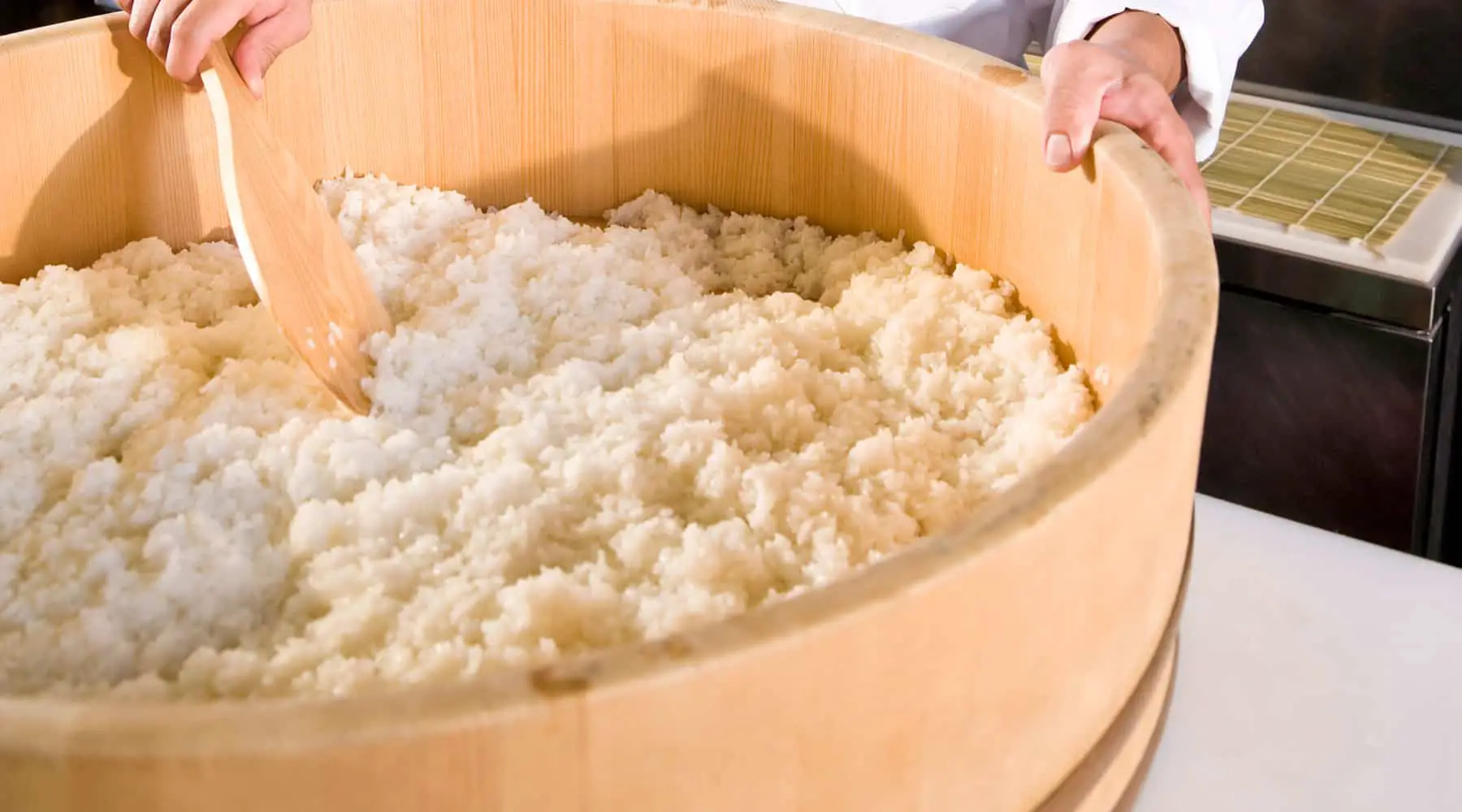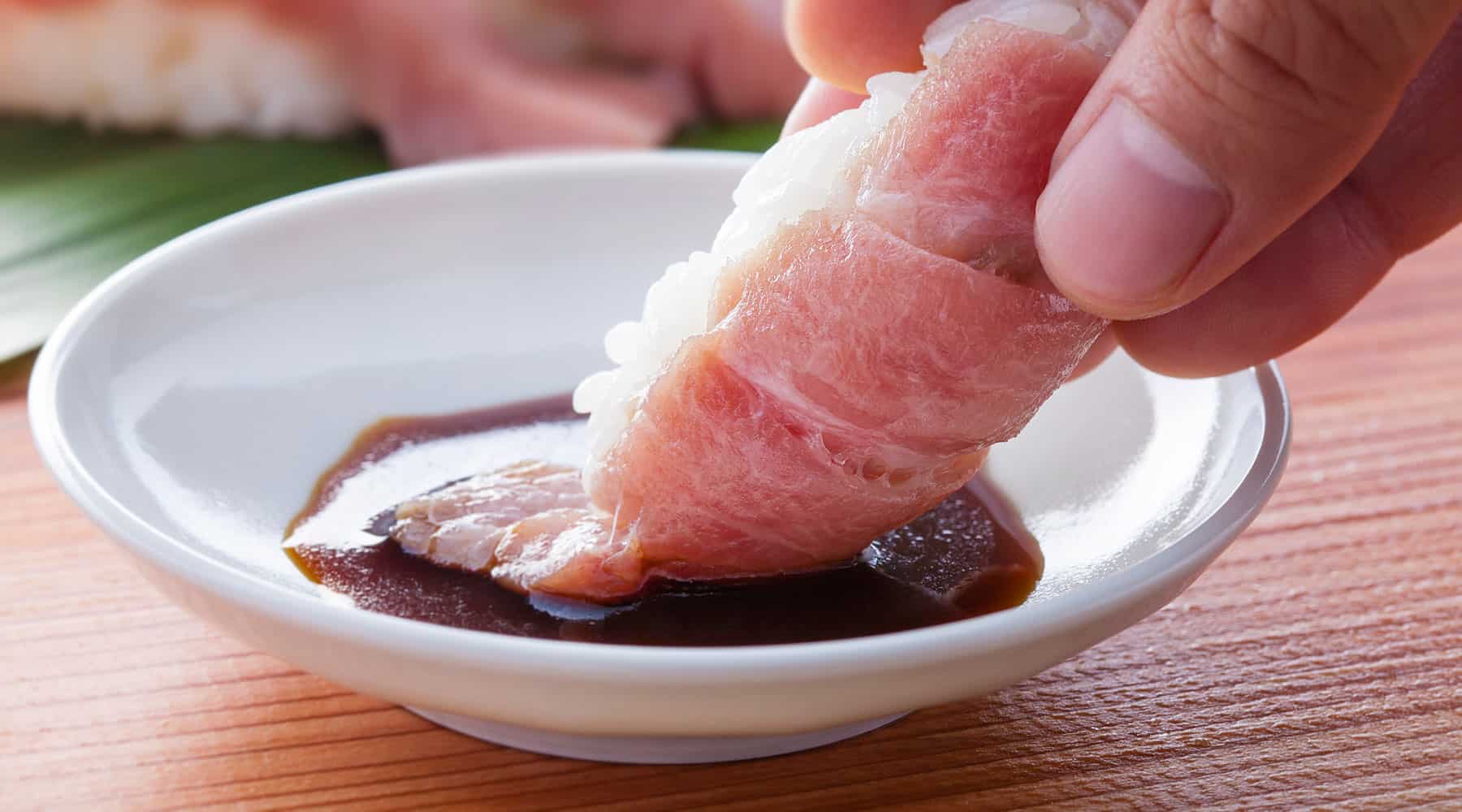Deba
This is one of my personal favorites: the Deba (pointed carving knife). Although it is not necessary to own, I find it extremely enjoyable to use for the right job.
As a disclaimer, this is an accessory knife for casual sushi chefs. It is not required for in home use, but rather for serious chefs looking to pursue a career in Japanese culinary art. At home, it is perfectly acceptable to use a standard chef’s knife for any of the jobs described below. This is a small, curved, Japanese carving knife. It is typically used to carve and portion fish. Because it has such an obtuse curve, it makes this blade ideal for removing fish heads and cutting through small bones without sustaining any damage.
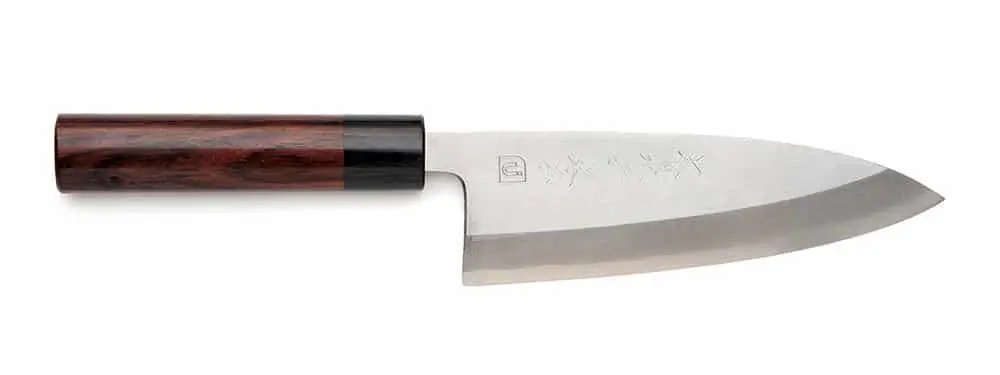
While this could technically work on poultry and other meats, it would be advised to only use it on fish. This knife is NOT intended to cut through large diameter bones.
Some sushi chefs use the back of this knife to tenderize meat or even break crustacean shells!
A Deba is a perfect hybrid between a cleaver and a chef's knife.
Usually, these blades will be thickest of all the Japanese knives. But a unique characteristic about the deba knife is it’s size: Most of these knives are between 4-6″ blade length. Though it’s not unheard of for a sushi chef to have a larger version (upwards of 12″ blade at the most). The thickness and single-beveled edge make for an easy cut when filleting fish.
The average price for deba knives ranges from $150-$400. For artisan versions, the range goes from $1,000- $3,000! That’s another reason why I recommend only investing in one of these if you are a serious sushi chef.
Sharpening and maintaining a Deba
Like most Japanese cutlery, this knife is made of high-carbon steel and requires specific tools and techniques to maintain.
Carbon steel knives need to be washed immediately after use and should never go in a dishwasher – always wash them by hand with a mild soap!
Sharpening a deba is very similar to sharpening other single-bevel knives. Click on this link to see a video tutorial on sharpening sushi knives.
This knife dates back to the 16th century Edo period (first seen between 1688 and 1704) in the city of Sakai.

